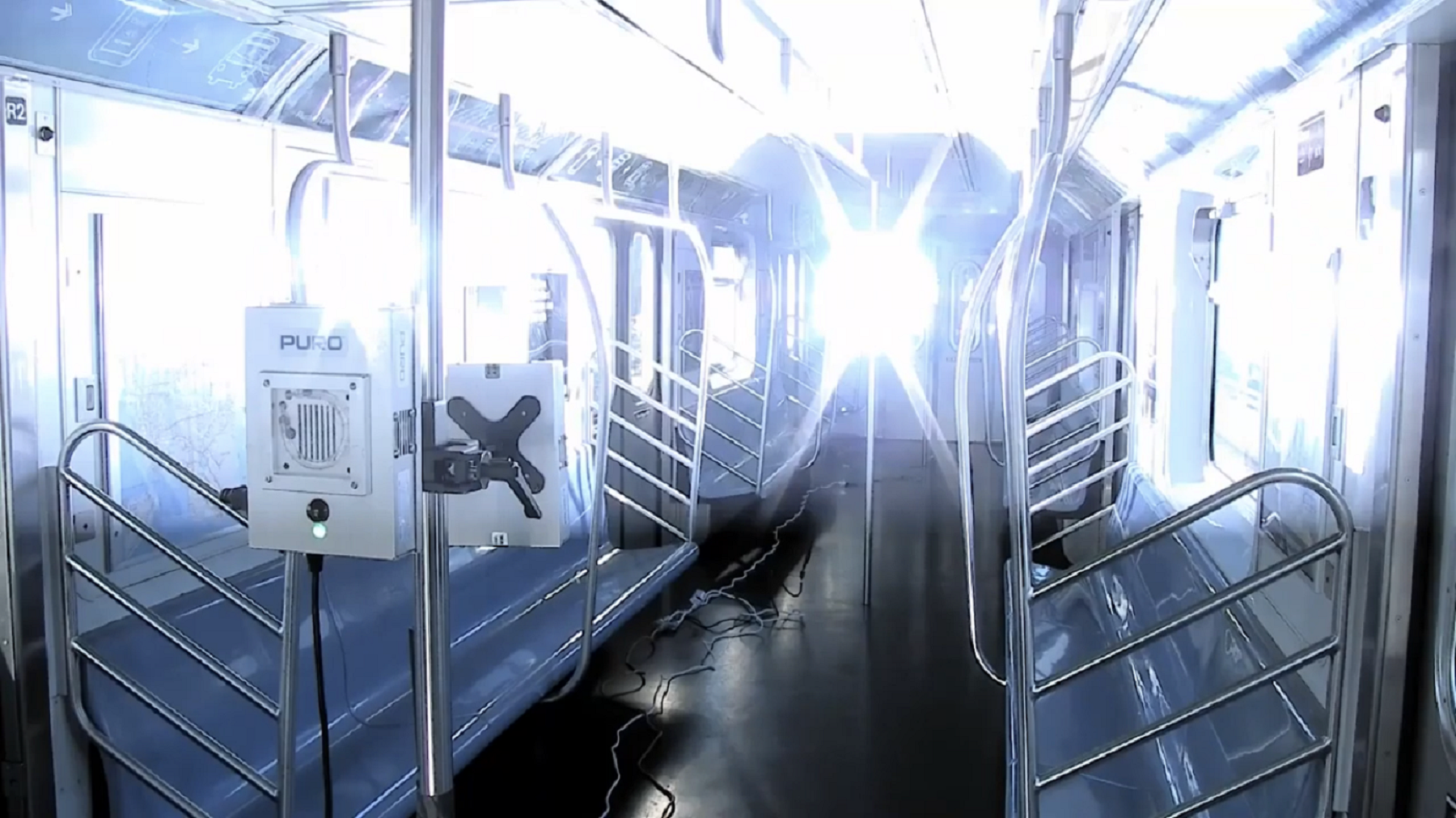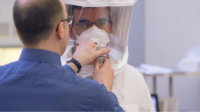If the pandemic has taught us anything, it is the increased awareness of maintaining proper hand hygiene, but it turns out the gaping hole in the equation is the cleaning and disinfection of the myriad of personal items we handle with our hands every day.
At the top of the list are our mobile phones, tablets, and other smart devices. According to various studies, individuals check their phones approximately 150 times each day, but the number of times they touch their phone is estimated to be in the thousands. Other personal items we regularly handle with our hands include face masks, ID badges, baseball caps, sunglasses, keys, wallets, and jewelry. Many of these items pass through other people’s hands as well, including credit cards, business cards, pens, bills, and coins. Even on the job, workers are increasingly using shared tablets, VR headsets, and even Personal Protective Equipment (PPE) like safety glasses and gloves.
The use of ultraviolet (UV) light devices utilize short-wavelength ultraviolet C (UV-C) light to inactivate pathogens including viruses (such as SARS-CoV-2), bacteria, mold spores, and yeast.
UV-C light works by interfering with the nucleic acids of bacteria and other microbes to prevent reproduction and effectively destroy them. UV light has the advantages of being effective, low cost, chemical-free, and in most cases presents no risk to the items being disinfected.
UV-C light irradiation is already a proven technology, verified in many studies and utilized prior to the pandemic in both commercial and residential settings. In large hospital settings, UV light air purifiers are installed to decontaminate surgical equipment/tools and reduce the transmission of pathogens. Hospital-grade UV light machines are also widely used to disinfect patient rooms and operating areas.
“Simply adding a UV lamp to a product and expecting it to destroy pathogens does not mean it will be effective,” says Robert Tegel, founder, and CEO of Tebots, Inc., a design-build company with experience designing everything from consumer devices to products and automation systems for the textile, automotive, and other processing industries.
Tegel and his partners, Herm Adams and Turan Erdogan, a former research professor at the University of Rochester's Institute of Optics, decided to design a better device that would address many of these limitations.
The patent-pending UV disinfection appliance the trio designed runs continuously without a door to open or close. The appliance resembles a small, portable charcoal grill. Tablet sized, or smaller items are placed on a rotating platform and then move in a 360-degree arc through the chamber where they are bombarded from all angles by UV-C light for approximately 10 seconds.
“Because the item is moving through the chamber, we can direct the UV-C in a way that ensures it will hit the targeted surface. By controlling the internal environment and the time within the chamber very precisely, we can kill more than 99.9% of the pathogens on the surfaces of the item,” says Tegel.
“People can walk up to a disinfection station, place an item in a tray, and then it would rotate around within the chamber. In less than 10 seconds – half the time the CDC recommends washing your hands – the item is disinfected, and ready to grab and go. The portable kiosk can process multiple items at once to rapidly disinfect as many items as the person wants,” says Tegel.
The enclosed, no-contact features mean the user is never exposed to UV light and does not have to touch any part of the appliance or push any buttons to initiate the process. This design feature eliminates the potential for cross contamination along with the need for constant maintenance and cleaning. The appliance, called the POZ, can be used for COVID and a vast list of other pathogens, mold, mildew, and other items that cause adverse human health effects. The unit is portable (size is 76 cm x 76 cm x 120 cm) and plugs into a standard 110VAC outlet.
Tegel envisions the self-service disinfection stations being installed in front of entries/exits or bathrooms at public venues, retail stores, healthcare facilities, academic institutions, airport terminals, and nursing homes – to name a few. In the workplace, facility management companies or major corporations could install the POZ to protect workers as part of corporate safety initiatives.
Tebots is currently in discussions with several entities to license the technology. The initial design and several full prototypes have already been created.
For more information, visit https://tebots.com



